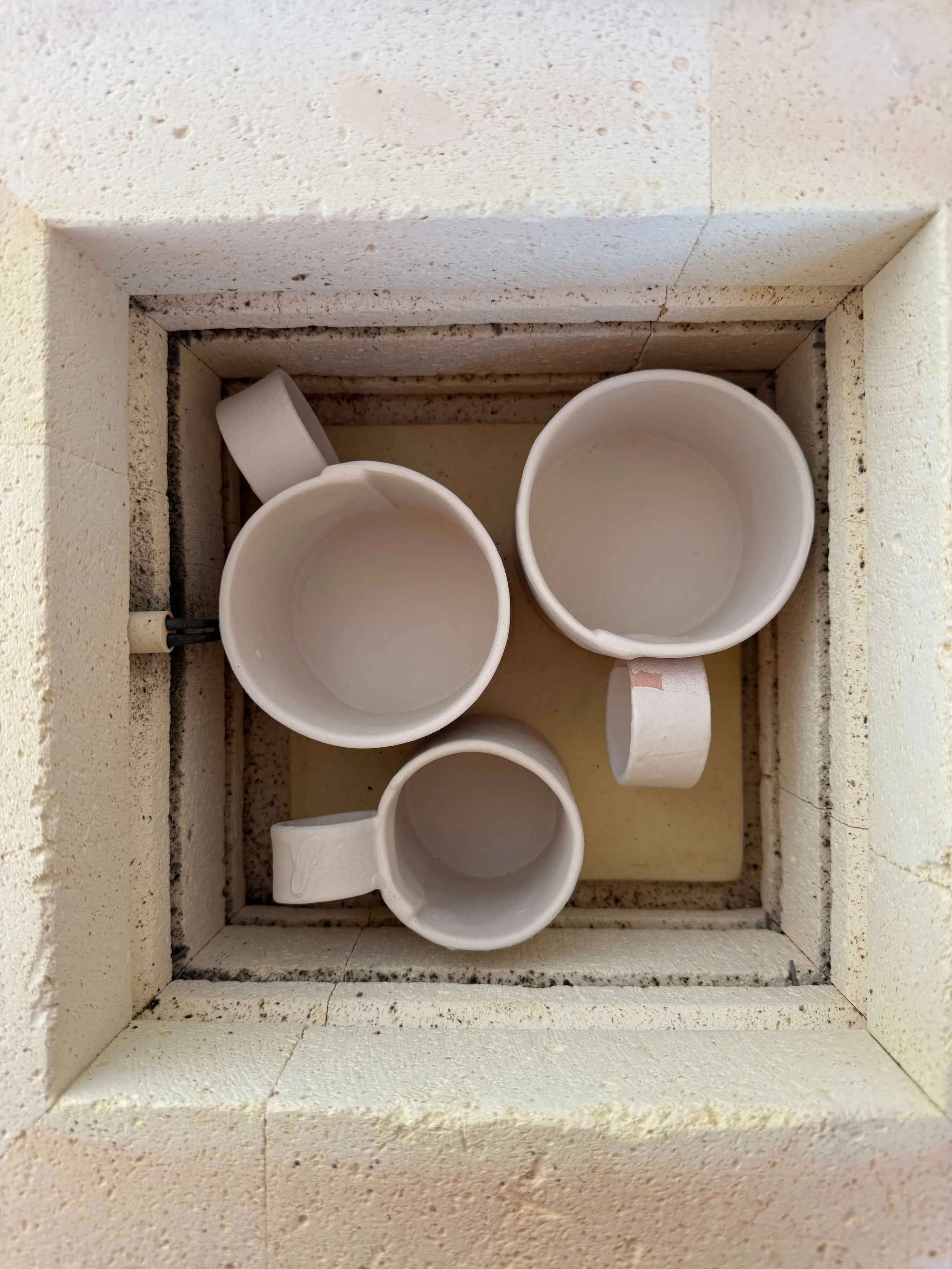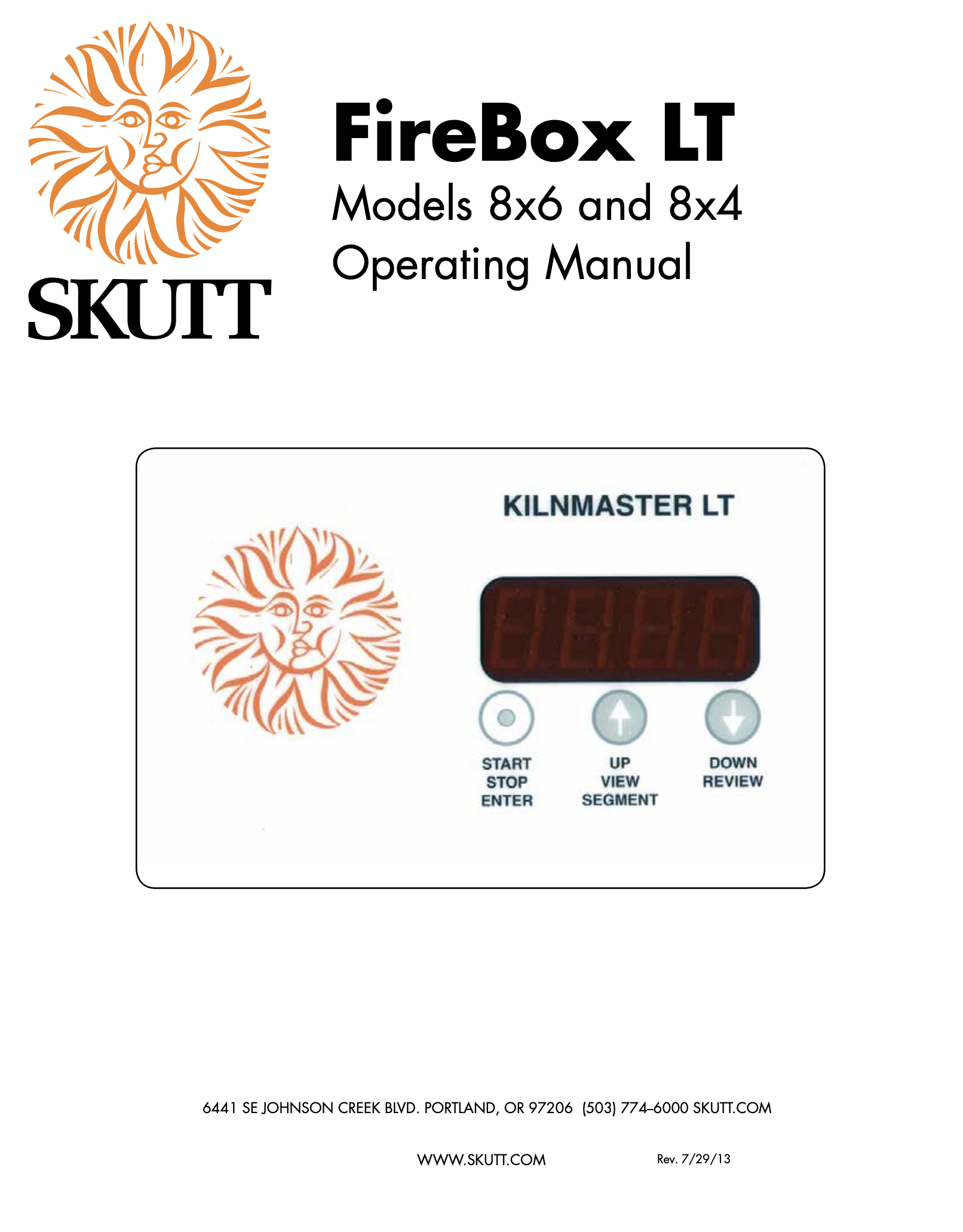Never Guess Firing Times Again: Getting Precise Estimates for Bisque, Glaze, and Luster Firings
I get asked frequently about timing for bisque, glaze, and luster firings in my Skutt Firebox mini kiln. With my memory not being as reliable as it once was, I've found an unexpectedly perfect solution: using Claude to plan my firing schedules.
My process is straightforward but effective. I upload a photo of the firing schedule from my kiln manual, add any personal insights I remember from years of experience, and Claude provides me with detailed estimates of when each firing stage will complete and when it's safe to unload. The accuracy has been remarkable—it consistently helps me plan my studio time and manage expectations for clients waiting for their pieces.
Photo of my Skutt Firebox kiln firing schedule from the manual
What started as a practical workaround for memory challenges has become an indispensable part of my pottery workflow. The AI doesn't just calculate times; it helps me think through the entire firing process systematically, catching details I might otherwise overlook.
This has been especially valuable this week as I'm fulfilling custom orders and my kiln has been firing non-stop—having reliable timing estimates helps me coordinate everything seamlessly.
How to Set Up Your Own Firing Schedule Assistant
This method works with any kiln brand and firing type. Here's exactly what you need to provide and how to set it up:
What Data to Gather
Essential Information:
Photo or scan of your kiln's firing schedule from the manual
Your kiln model and controller type
Typical load size and pottery types you fire
Your preferred ramp rates (if different from manual recommendations)
Any modifications you've made to standard schedules based on your clay bodies or glazes
Skutt’s FireBox LT Operating Manual
Helpful Additional Details:
Your studio's typical ambient temperature
How full you typically load your kiln
Whether you use witness cones and your preferred cone numbers
Any problem areas you've noticed (hot spots, uneven heating, etc.)
Your preferred cooling times before opening
How to Use It
Upload your kiln manual's firing schedule as a photo or PDF
Start a conversation with something like: "I need help planning firing schedules for my [kiln model]. Here's my manual's recommended schedule."
Add your specifics: "I typically fire to cone 6, load about 80% full with stoneware, and prefer slower firing."
Ask for what you need: "Can you estimate timing for a glaze firing starting at 9 AM tomorrow?"
The AI will calculate start-to-finish times, suggest optimal loading windows, and even help you plan multiple firings in sequence. It's like having an experienced potter's brain backing up your own memory and experience.
For fellow potters dealing with similar challenges or anyone looking to make their firing schedules more predictable, this approach has transformed how I manage my studio time.





